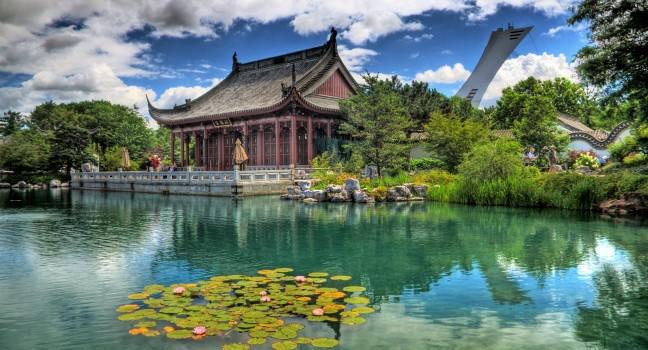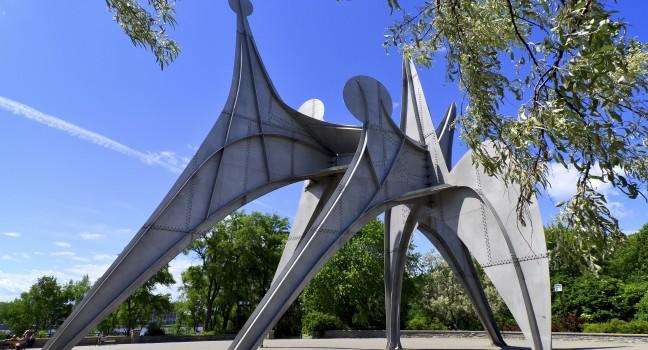Jardin Botanique

Creating one of the world's great botanical gardens in a city with a winter as harsh as Montréal's was no mean feat, and the result is that no matter how brutal it gets in January there's one corner of the city where it's always summer. With 181 acres of plantings in summer and 10 greenhouses open all year, Montréal's Jardin Botanique is the second-largest attraction of its kind in the world (after England's Kew Gardens). It grows more than 26,000 species of plants, and among its 30 thematic gardens are a rose garden, an alpine garden, and—a favorite with the kids—a poisonous-plant garden.
You can attend traditional tea ceremonies in the Japanese Garden, which has one of the best bonsai collections in the West, or wander among the native birches and maples of the Jardin des Premières-Nations (First Nations Garden). The Jardin de Chine (Chinese Garden), with its pagoda and waterfall, will transport you back to the Ming dynasty. In the fall, all three cultural gardens host magical mixes of light, color, plant life, and sculpture during the annual Gardens of Light spectacle.




